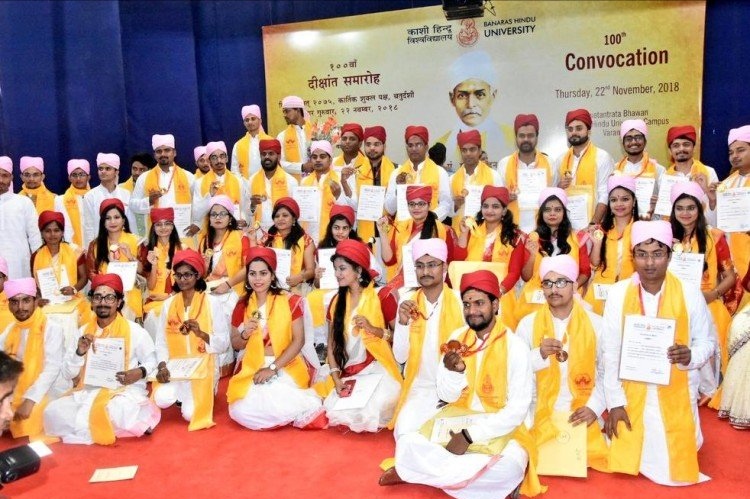India is the youngest country in the world, with the youth population of 560 millions. This population can be converted into demographic dividend only through education and skill development training. The numbers in past decades has shown considerable progress in attainment of education in primary and higher education, where the Gross enrollment ration (GER) for secondary education has reached 25.2% in 2016-17 according to All India Higher Education Survey (AIHES) released by HRD ministry, yet the chances of reaching the aim of 30% GER by 2020 seems bleak. The education system of India has witnessed a significant shift in last decade, as there has been growing awareness about education and increased willingness of people to invest in education. The Education sector in India has grown into a 101.1 billion industry as of 2019 and continues to grow.
Though these numbers has shown growth but the qualitatively its far from impressive. The quality of education continues to suffer, the education system is outdated and flawed to say the least. The current model of education does not encourage innovation, it lacks practical applicability and creates only employment seekers rather than employment generators.
The quality of education needs to be improved and the model for education needs to be updated. The need is of a inclusive model of education which does not solely focuses on traditional system of class room learning where the teachers teach and the students learn but a system where the proper evaluation of this education is done not just through examination, as it can be observed that many students, especially in rural areas, who have passed the classes and promoted still have problems in basic problem solving and mathematics. The education system has to be more than passing examination and should be such that it induces innovation, creativity and reasoning. The another challenge faced by our education system is the declining admissions from primary to secondary to tertiary level of education. The World Bank in its World development report 2019 states the importance of tertiary education in modern era where the role of technology in work has increased. Considering this, the lack of enrollment in higher secondary education can result in decline of India’s employment in labour market. Furthermore, the education quality in this level suffers as Indian institutions or Universities fail to even makes it to top 100 universiy in the world. The highest ranked Indian institute IIT, bombay is ranked 152 according to the QS world ranking.
The main reason for this crisis in education in India can be sited as the declining expenditure in education. Though the gross amount allocated for education sector has increased in absolute term but it has reduced as the percentage of GDP. The “Economic survey of India 2018-19 ” has stated that Government has spent only 3% of its Gross domestic product on education in last fiscal year. Infact, the expenditure has not crossed the 3 per cent mark, which is very low for a country like India where the Creation of manpower through skill development is the aim for economic prosperity.
However, it cannot be denied that the state of Education in India has improved over a decade, though the improvement has been sluggish but the betterment can be seen. A lesson can be taken from the Delhi government which has employed various models to improve the condition of Government schools in Delhi. Models like “chunauti” by Nobel price winning Economist Abhijit Banerjee to improve foundation of students , “Kala Utsav” by HRD ministry to promote art in education, “Incubation centres for start up” by Government to enable creative students to explore their ideas, etc has been launched to change the face of education from pen paper to practical ability, to encourage innovation and functional learning.
Its the time when the aim of education is not just limited to the attainment of employment but to ignite young minds, to power development and to bring overall growth and prosperity. Because a country can only develop when the youth of the country is educated.
Writer is a Student of FoC, BHU and Member of Finance and Economics Think Council.
